At the risk of raising the hackles of the designers of the revised Library design, who appear to have positioned an overly-large bedside table next to the beloved crinkly face of the Wellington Library, Te Matapihi, I’d like to explore the concept of “The Portal” a little further. I hope that you don’t mind. I used to call it the Portico, but I’ve been very firmly told that I am mistaken. A portico is, of course, a “porch leading to the entrance of a building, or extended as a colonnade, with a roof structure over a walkway, supported by columns or enclosed by walls.” Whereas a Portal is something completely different: “a grand or imposing doorway, or the whole architectural composition surrounding and including the doorways and porches of a church”. And in that I see that I am wrong – if it was a Portico, it would have lead just to the doors of the Library, but as a Portal it was trying to be the front door entrance to the Civic Square itself – supposedly at one time intended to be the central living room of Wellington.

The Athfield Architects object on legs is a flash back to the larger and sky-high portal of days gone by, before people realised that the Portal was just going to act as a battering ram in the case of severe seismic action. This new proposed Portal is therefore smaller – lower, shorter, not extending all the way across the opening. No longer to be used as a back street route from Councillors, it now appears to be positioned as a choice spot in which to sit and watch the waters of Whanganui-a-Tara. But it looks as though there is only room for a handful of people to sit in there, so it is possibly of limited value.

The very word “Portal” offers visions of things to come – another world – a doorway into an alternative reality. In te reo we might call it a tomokanga, as a big entranceway, and of course in the world of Science fiction, a portal offers even more opportunities:
“The word “portal” in science fiction and fantasy generally refers to a technological or magical doorway that connects two distant locations separated by spacetime. It usually consists of two or more gateways, with an object entering one gateway leaving via the other instantaneously.”
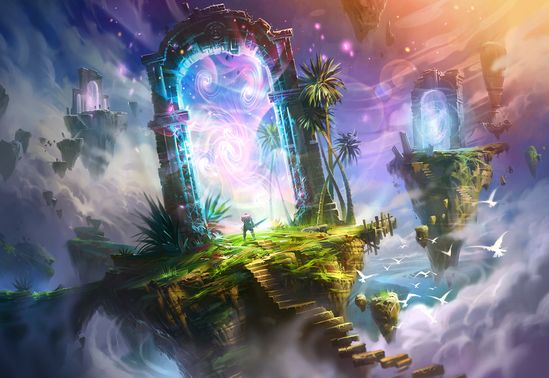
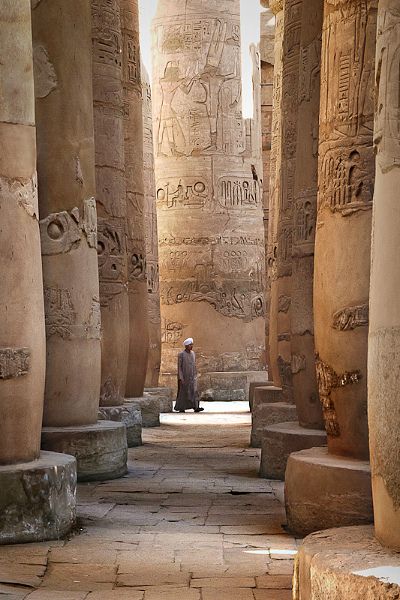
The ancients knew a thing or two about portals, that’s for sure. Grand entryways, with or without the sci-fi extra-terrestrial aspects, were certainly enough to impress the locals and blind them with a view of mystery, if not exactly a flash of light. The ancient Egyptians nailed this in Karnak, with a hypostyle hall of immensely large columns, although you first have to make your way down an avenue of sheep-headed lions (something more suitable to NZ perhaps?), and the effect is awe-inspiring.
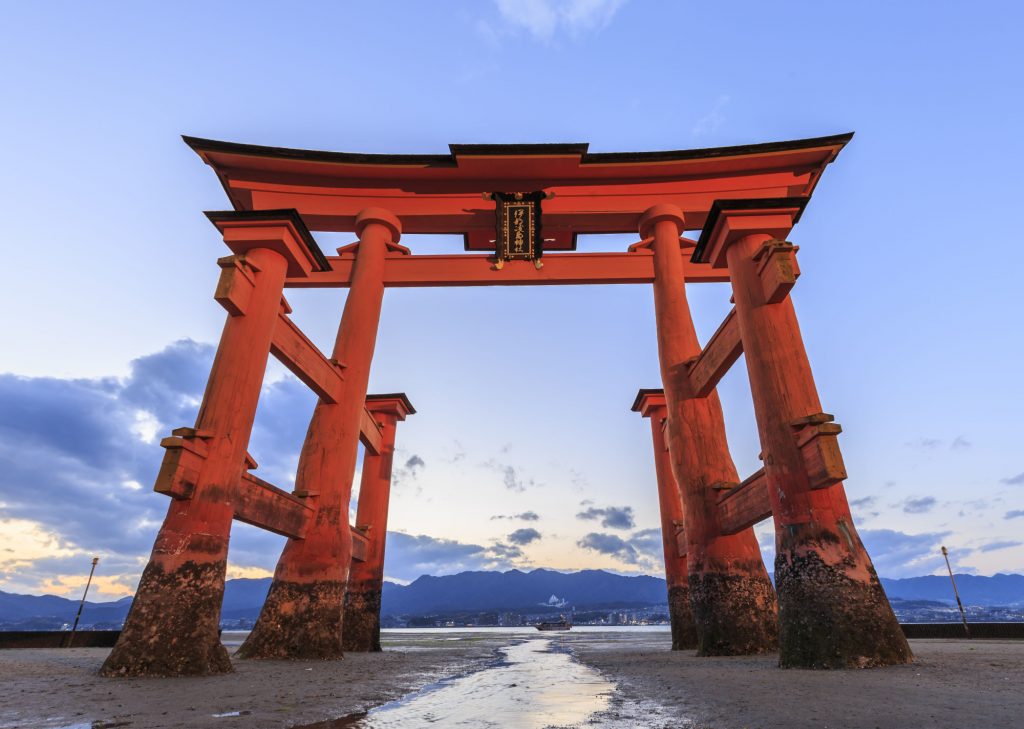
The Japanese have always had a thing for a good entry way – or two – with the Shinto tradition of giant timber entry frames. I don’t know what it is, but there is something beautiful and mysterious and incredibly powerful and timeless about the Shinto shrines. They’re often overlooking a view, framing a picture-perfect landscape or seascape and look ageless and timeless, even when newly painted. If that’s not a trip in space-time and some pure magic, I don’t know what is.

The Classical tradition also had a passion for great entry ways, and such examples spring to mind like the Arc d’Triomphe, the Brandenburg Gate, and the grand old Euston Arch, which was torn down in the 1960s and the British have been banging on every since about bringing it back.
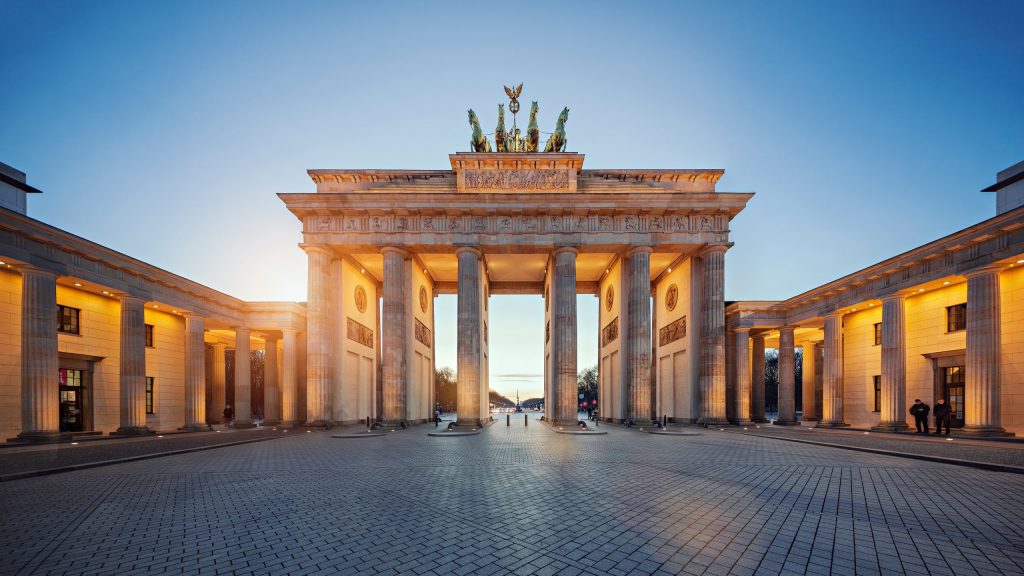
The chances of whatever remains of British Rail re-erecting a traffic-blocking giant Doric Arch are slim, although the Brits know where the pieces are – when it was demolished, someone tossed them in a river, and they’re apparently all still there, probably none too worse for wear, but possibly with an additional layer of slime.
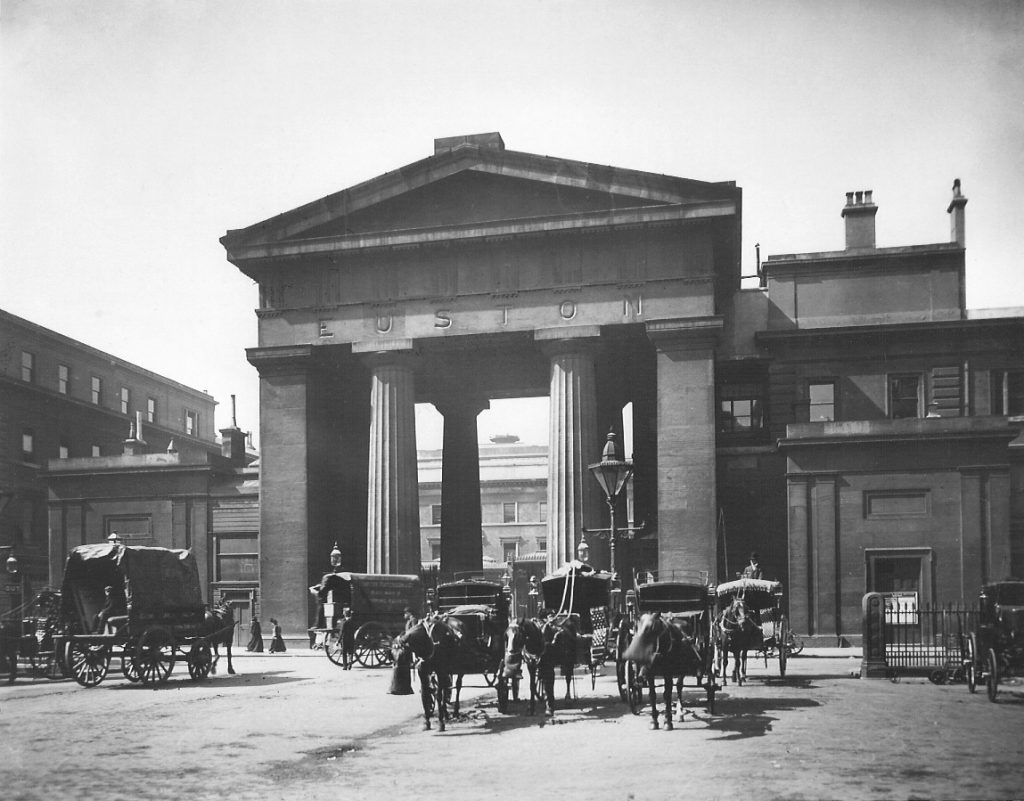
There are of course some examples of natural portals, like the great natural rock arch in the Archway National Park in the USA, which gets periodically destroyed in Sci-Fi movies, but is, as far as I know, still standing.

I say all this because we have the chance of a mind-expanding, time-shattering, world-suntering chance of a big new portal ourselves, deep in the very heart of Wellington. With the proposed demolition of the two City Council buildings (the CAB and the MOB? ) then the Portal entry is thrown wide open, and there is a wonderful new potential – that Wellingtonians could actually see right out into the harbour, from Victoria St at least – and even, it seems as a giant new portal focused with it’s beady Sauron-like eye right on the balcony of the Fork and Brewer pub in Bond Street! This can be no mere mistake, but instead is all part of a gigantic new repositioning of Wellington as not only the Coffee Capital, and the Craft-Beer Capital, but also the, ummm, Pub-Food Capital of New Zealand! If you know more about this grand scheme, tell us more! Bring forth the PORTAL !!!
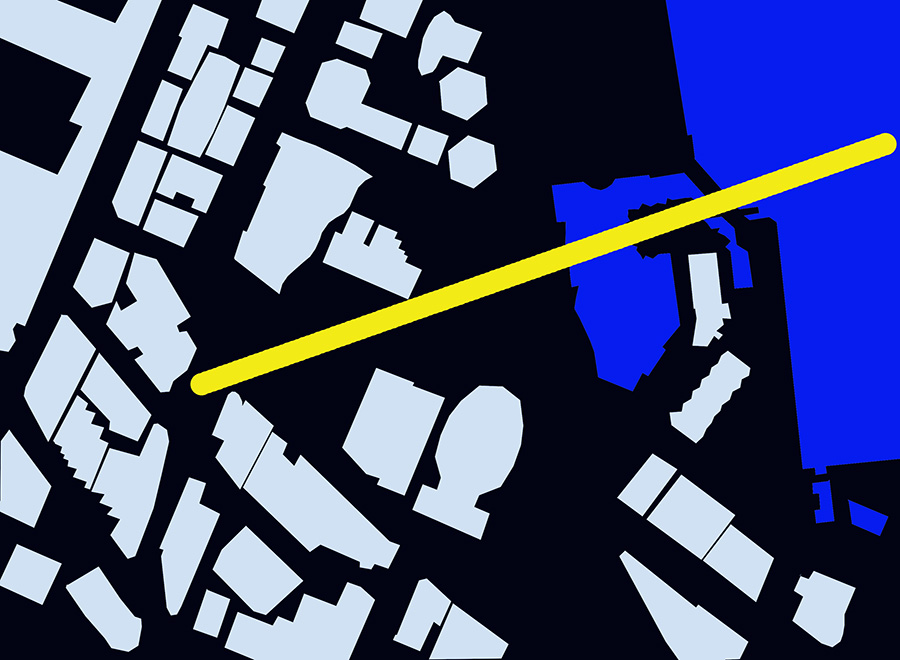

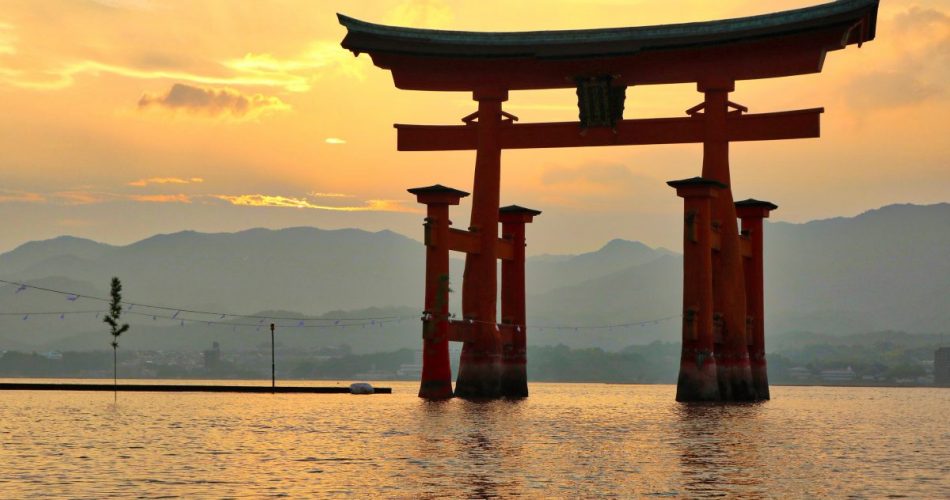



Your TePapa portal is cropped too tight , :)…
If you had a wider angle you would have been able to include TePapa’s other portal
“Po” withstanding
https://upload.wikimedia.org/wikipedia/commons/a/ac/Interior_of_Te_Papa%2C_2016-01-25-5.jpg
Isn’t that an Oculus, not a portal? Important difference between entering into, and looking outwards…
All this talk about view shafts to the harbour reminds of something…
Ah, yes. Waterfront Watch.
As I recall, Portico was the Council bar inside the battering ram, although my recollection may be affected by consuming at said establishment.
I assume portico and portal are from the same Latin base word as porch – portus / a gate or entry. Something like that. The word itself probably doesn’t matter (if words still mattered, the Speaker wouldn’t be “trespassing” various protestors, but he did and so they don’t).
Since we’re into “p” entrance words, perhaps it’s worth noting that the Euston arch was actually another one, a propylaeum (apparently a subset of another one, a porch). Perhaps the Railway Station and the Dominion Museum entrances are the nearest we’ve got to one of those?
And the arches in Arches National Park were still there in all their fabulous delicacy when I saw them a few years back. Astonishing place!
Here’s another one for your list : Proscenium Arch. Most commonly found in theatres these days, so probably in the St James and the Opera House, but not in the Michael Fowler Centre.
I thought that I would place in there some of the excellent background information written by Pouhere Taonga – Heritage New Zealand (Kerryn Pollock), who noted that the NZIA citation for the Library when it won its NZIA Award said:
“Absolutely positively urban: confident yet humane, quirky with a critical edge. This complex building artfully presents a distinct visage towards two separate public spaces. Fronting the Civic Square, a glassy serpentine wall slides past the angular flank of the old library. Soft fluid lines are realised with machined precision. Brittle surfaces and crisp details amplify generations of difference between the two neighbours. The west elevation proclaims civic grandeur to a bustling commercial thoroughfare. The envelope is rendered sheer and massive. The street wall is breached by a lofty portal which has been ennobled by giant metallic nikau palms, which combine stateliness and whimsy to produce a signature for the whole Civic Centre.”
but also:
“The south elevation, clad in the same precast concrete panels as the main entrance, forms one side of the Victoria Street entrance to Te Ngākau Civic Square. The library was originally connected to the administration building on the other side by a glazed portal or covered bridge on the fourth floor; this was removed in 2015. The portal, generally disliked by architectural critics, was described by Peter Shaw as ‘awkward’ and Tommy Honey as ‘unsatisfying’. Athfield himself was not satisfied with the portal in its final incarnation.”
Hello Starkive – it’s good that Waterfront Watch is remembered.